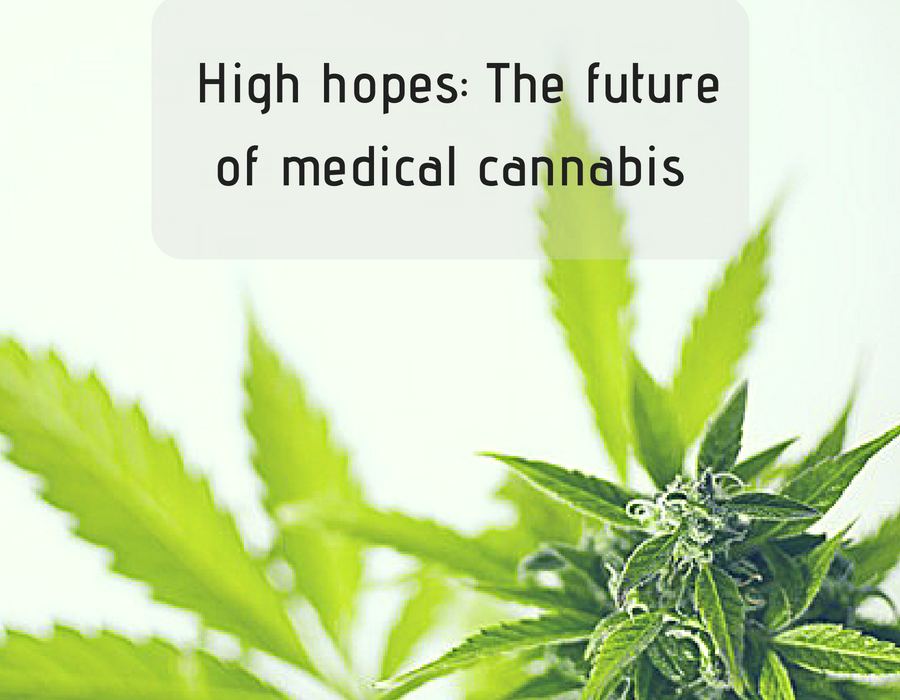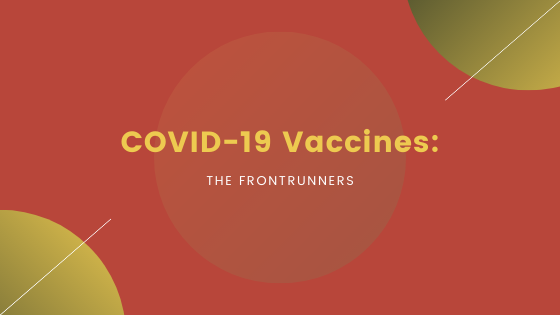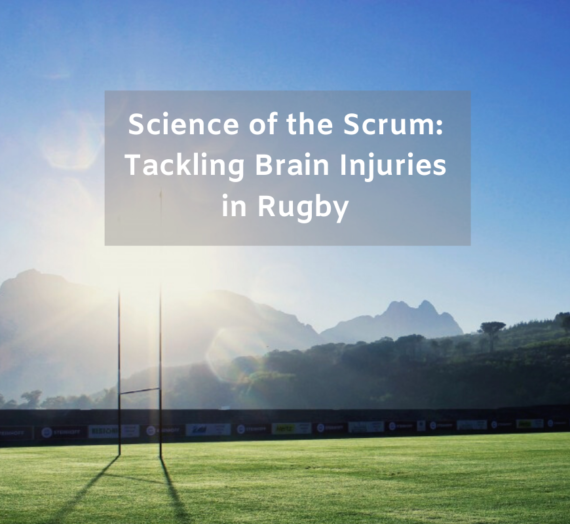By Roisin Conneely
The debate on medical uses of cannabis has again arisen in the news recently, with the story of 12 year old Billy Caldwell having his CBD oil confiscated at Heathrow airport. The oil had been supressing Billy’s epileptic seizures for almost a year, after it was prescribed to him by a doctor in Northern Ireland, after receiving a special license to do so. You can read more about his story here.
Following pressure from the family of another young epilepsy sufferer, six year old Alfie Dingley, the government has granted permission for cannabis oil medication to be prescribed for him too. Now, the UK Home Office has announced a review into the use of cannabis for medical purposes. So, what is the science behind medical marijuana?
Pharmacology

Tetrahydrocannabinol, or THC, is the major psychoactive component of cannabis and its structure was first elucidated by Raphael Mechoulam in 1964. By the 1990’s researchers were beginning to understand the molecular biology of cannabis, and discovered cannabinoid receptors in the brain. It was discovered that CB1 receptors were where THC produces effects, leading to the theory that; if there were receptors for THC in the brain, then it was also likely that a natural cannabis-like substance existed in the body.
The brain’s natural cannabinoid system, the endocannabinoid system, was found to be involved in learning and neuronal communication:
- CB1 receptors: Expressed mainly in CNS, and are responsible for mediating most of the psychoactive effects of cannabinoids
- CB2 receptors: Found in the immune system and hematopoietic cells
The first naturally occurring cannabinoid, or, endogenous ligand for the cannabinoid receptors, was discovered in 1992, and named anadamide. A second was discovered in 1995, and was given the lengthier title of 2-arachidonoylglycerol (or, 2-AG).

Whilst the endocannabinoid system is rigorously controlled and specific, the same cannot be said for exogenous (or, external) ligands, such as THC or synthetic cannabinoids. The use of these can cause disruption to the finely regulated neuronal networks of the endocannabinoid system, and can lead to problems with memory and information processing. This is because such substances do not have the required specificity to bring about the “natural” effects of the endogenous cannabinoids, and instead flood the system willy nilly.
THC is known as a partial agonist, whilst synthetic cannabinoids are full agonists, and are sometimes known as “legal highs”, going by names such as “Spice” and “K2”. These synthetic cannabinoids are usually not detected in standard drug screens, and their use can lead to psychosis, tachycardia, and chest pains.
So, what does all this have to do with medication?
CBD oil is able to bind to and regulate the endocannabinoid receptors in the brain, potentially alleviating pain, inflammation, and in the case of the aforementioned children, reducing seizures. The psychoactive ingredient responsible for creating a “high” in recreational cannabis use is THC, which is illegal in the UK but available in some other countries. CBD and THC are similar on a molecular level, but elicit different responses in the endocannabinoid system. The legality issue arises when traces of THC are found in medical CBD oils.
The Medicines and Healthcare products Regulatory Agency states that CBD products used solely for medicinal purposes, can be classed as medicine, but the oil has not been legalised in the UK and requires a special license for use. The CBD oil that Billy was using was from Canada, where medical cannabis is legal, hence his medicine contained traces of the illegal substance, THC.
What about other medical conditions?
Multiple sclerosis

It has been suggested that CBD may be a useful therapy for neurodegenerative disorders, such as multiple sclerosis (MS). Some studies have suggested that cannabinoids may elicit neuroprotective effects within oligodendrocytes and oligodendrocyte progenitor cells (specialised neurones which provide support and insulation to axons in the CNS), because they express CB2 receptors. Furthermore, cannabinoids have been demonstrated to aid remyelination of neurones via the promotion of oligodendrocyte maturation, which could play a vital role in MS treatment, as it is a demyelinating disease. However, these were all relatively small studies and further research needs to be done.
Cancer
Cancer is a disease which has been intensively studied in relation to cannabis therapy, with over 1100 papers on cannabinoid-cancer treatment having already been published. One study in 2013 was able to demonstrate inhibitory effects of synthetic cannabinoids on tumours in mice, however, this is only one study, which merely suggests the potential for the chemopreventive properties of cannabinoids, and human trials are a long way off. The debate on medical marijuana in cancer treatment is a breeding ground for pseudoscience, with so-called “doctors” claiming that patients can “treat their own cancer” across all corners of the internet, and hence although the field shows promise, we mustn’t get ahead of ourselves and abandon traditional cancer care.
What does the future hold for medical cannabis?
It’s clear that much more research into the medical properties of cannabinoids is required before any major legislative changes are made. However, simply gaining access to the substances for scientific research can be a task in itself, with researchers sometimes needing to wait up to four years for licences to be granted.
Whilst it is clear that cannabinoids have the potential to be exploited for medicinal use, we must also remember that improper use can lead to undesired side effects, such as heart conditions and behavioural changes, so, again, further research is key. Hopefully then, the Home Office’s promise to review cannabis legislation will open doors for better opportunities to study cannabinoids and their therapeutic properties.
For more on CBD oil and its uses, check out this post from Motivelina on cannabis oil in the cosmetic industry!
References:





Can we get high on beauty products? - motivelina
[…] For more on this topic and many more – visit Seeking Science blog created by passionate scientists like me […]